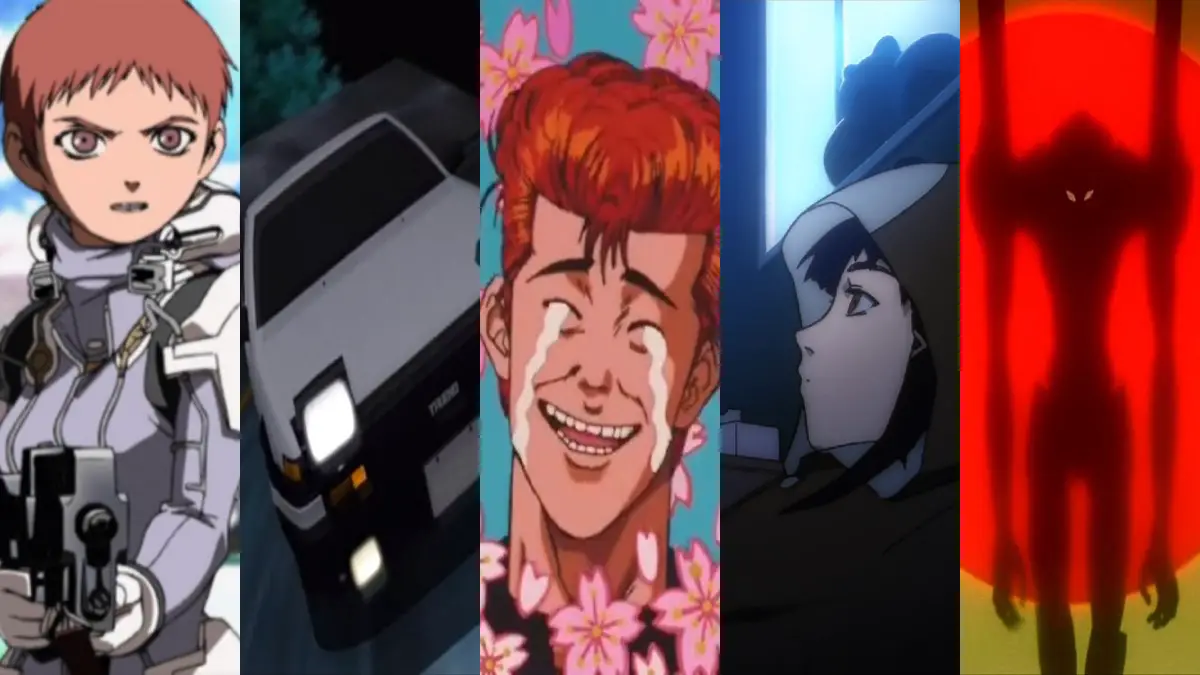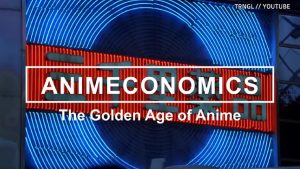If you’ve watched anime for any length of time, you’re well aware that anime has as many genres and target demographics as any other form of entertainment.
During the 90s, anime genres were generally categorized the same as Hollywood movies. However, in modern times, there is all manner of genres and subgenres for classifying anime. So it can be tough to keep track.
Some of these genres are self-evident, while others require some explanation to understand.
Fortunately for you, we have provided a comprehensive list of the various anime genres and subgenres along with an explanation of how they relate to eachother. And although we are a 90s Anime blog, this information is applicable to all eras.
Anime Genres in Retrospect

Most of the popular anime genres discussed in this post existed prior to the 2000s. But it wasn’t until the late 2000s to early 2010s that mainstream usage of traditionally Japanese genre descriptions for classification purposes became commonplace.
Take isekai for example; the idea of a person transporting to another world for a magical adventure has been around for as long as stories like Alice and Wonderland and The Wizard of Oz have existed. However, in the context of anime, isekai was not recognized as a mainstream subgenre in the western world until around 2010:
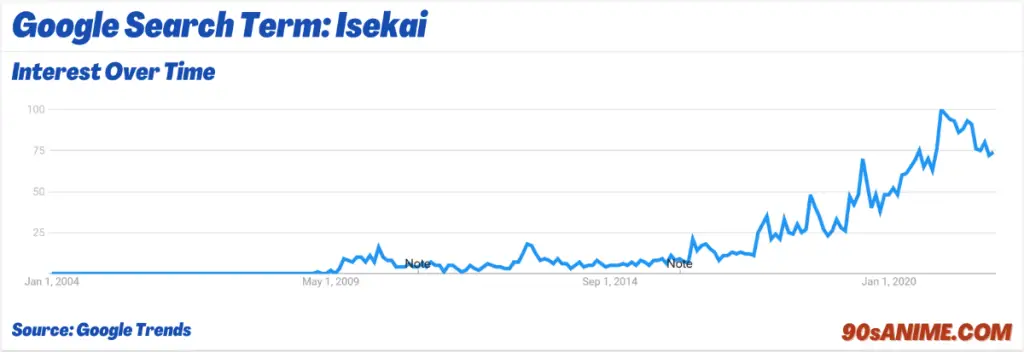
Our guess for this uptick is 2009 saw the release of Tenchi Muyo! War on Geminar or Isekai no Seikishi Monogatari. This is also around the time when Crunchy Roll began its shift to a legitimate streaming service and the popularity of isekai anime/manga began to surge in the early to mid-2010s.
Isekai anime did exist prior to 2009, and we discuss this in our post about 90s isekai. But prior to 2010, it was traditionally described as fantasy or adventure anime.
So when looking at any classic anime, it’s important to keep in mind that older information on the internet, DVD cases, magazine/newspaper archives, etc… may not use terms to describe the anime in a way that jives with modern terminology. And older anime fans who haven’t kept with the times may be in the dark on this as well.
It’s also important to remember that genres and subgenres that were popular in classic anime times don’t always enjoy the same level of popularity now. And this will also be reflected in the same media.
An example of this would be cyberpunk anime. Cyberpunk is a sub-genre of science fiction. And in the 80s and 90s, it was incredibly popular to the point that it became a cultural phenomenon and distinctly stood out on its own. However, this subgenre is not listed on most popular streaming services these days (this is seemingly the case with sci-fi in general).
But none of this means that we can’t classify classic 90s anime using a modern lens.
Anime Genres and Demographics
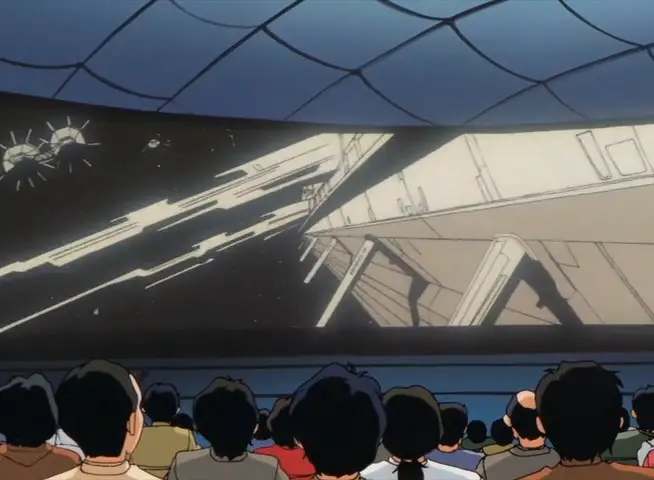
Confusion may set in when attempting to understand the various genres tossed about in anime listings or discussions. So below, you will find a basic breakdown of the popular genres, subgenres, and demographics.
Primary Anime Genres
In anime, there are 11 primary genres:
- Action/Adventure
- Comedy
- Drama
- Fantasy
- Horror
- Mystery
- Crime
- Romance
- Sci-Fi
- Slice-of-Life
- Sports
- Suspense/Thriller
By and large, these genres don’t need any explanation and you can imagine any number of movies or shows that fit these descriptions.
Also, these primary genres can cross over. So for example, you’ll see slice-of-life anime paired with romance or action/adventure paired with fantasy.
Now, you may feel that some genres are missing (where the hell is magical girl anime???), however, there is a good chance that you are thinking of subgenres or demographics.
Subgenres and demographics fall within the above-listed genres, and they have distinguishing characteristics that separate them from other anime within these genres.
Anime Subgenres
This is where it may become a little difficult to keep track, because there is a lot of cross-over between genres and there are subgenres within the subgenres.
Take a show like Magic Knight Rayearth. It is a fantasy-action/adventure-isekai. However, a movie like Ninja Scroll would be an action/adventure-supernatural-ninja anime.
And when considering the difference between a genre and a subgenre, it helps to think of subgenres as subordinate to primary genres.
Example: Within the fantasy genre, you will find isekai anime. The defining characteristic of isekai is that it is a fantasy anime where the main character is transported to another world. So this distinguishes it from other fantasy anime and is enough of a recurring theme that it is worth classifying.
But some subgenres fit within multiple genres. For example, mecha is a subgenre that can fit within the genres of sci-fi, fantasy, and/or adventure.
And you can also have multiple subgenres that are applicable to a movie or show. So keep this in mind when reviewing the list of anime subgenres below:
- Avant garde
- Car
- Cooking/Food
- Cyberpunk
- Dark Fantasy
- Demon
- Dystopian
- Espionage
- Game
- Harem
- History
- Isekai
- Magic
- Magical Girl
- Mecha/Super Robot
- Medical
- Military
- Moe
- Monsters
- Musical
- Ninja/Samurai
- Police/Detective/Crime
- Political
- Psychological
- School
- Space
- Space Opera
- Steampunk
- Super Power
- Supernatural
- Sword and Sorcery
- Time Travel
- Yaoi (boys love)
- Yuri (girls love)
This is by no means a complete list of subgenres, however, it covers the main ones you’ll find in anime.
If you feel that we missed an important one, please let us know in the comments below!
Anime Demographics
Anime demographics are primarily broken down by sex and/or age. The following is a list of these demographics:
- Kodomo – children under 10
- Shoujo – teenage girls
- Shounen – teenage boys
- Josei – young adult women
- Seinen – young adult men
These demographics can cover all anime genres and subgenres. So you can think of them more as a genre modifier.
For example, Sailor Moon is a magical girl anime that targets the shoujo demographic, whereas Revolutionary Girl Utena is a magical girl anime that targets the josei demographic.
So the genre and subgenre remain unchanged, however, the stories are written in a way that caters to different ages and maturity levels.
Fan Service, Ecchi, and Hentai
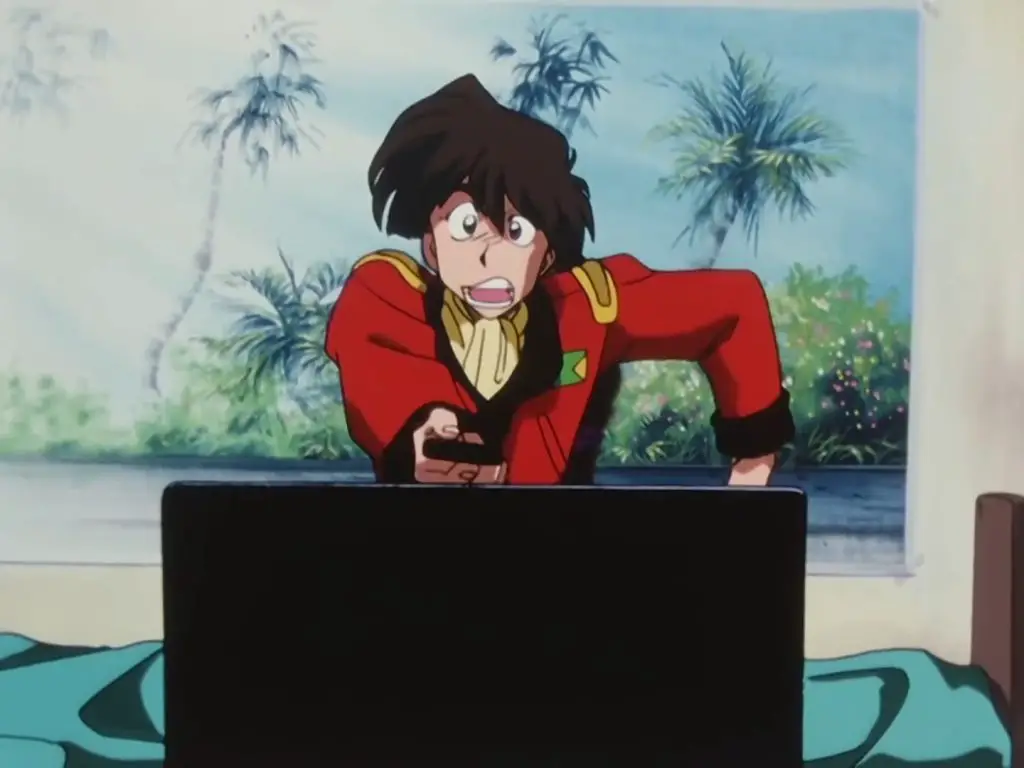
Anime has a long history of lewdness and this ranges from subtle nods to full-on pornography.
Fortunately, there are convenient descriptions to help you recognize the different levels of lewdness in certain anime.
Some people object to this type of content and feel that it devalues anime as an art form. But in any case, it is avoidable if you are not comfortable watching it.
So keep an eye out for the following descriptors when looking for anime.
Fan Service
Generally speaking, fan service is any type of action or sequence that is specifically added for the sake of exciting the viewer. This can include long and drawn-out fights, power-up sequences, and meta-references.
In anime, fan service typically describes content that is racy or erotic. This can include beach episodes, glimpses of undergarments, or various costumes (maid, bunny, etc…)
This type of fan service is very common in shonen anime, and stops short of being overtly sexual.
Ecchi
Ecchi is a form of fan service that is explicitly sexual. And characters are generally drawn with revealing outfits and/or exaggerated physical features.
Ecchi anime will also include acts that are sexual in nature, such as groping, nudity, and implied sexual activity. However, ecchi stops short of showing any actual sex and falls in the realm of softcore pornography.
So ecchi can be viewed as a subgenre in that respect.
If you’re interested in more reading on this, be sure to check out our SFW guide to 90s ecchi!
Hentai
Hentai is animated pornography without any nuance. You will not find hentai on most paid streaming platforms, so it is unlikely that you will come across hentai unless you are specifically seeking it.
Hentai can be shocking and graphic, so if you are sensitive to this type of content, then you should skip it. Additionally, hentai is very niche and low budget with few exceptions. So unless you are into this type of anime, there is not much to be missed.
If you’re really interested in checking out some 90s hentai though, we have prepared an SFW guide to 90s hentai.

